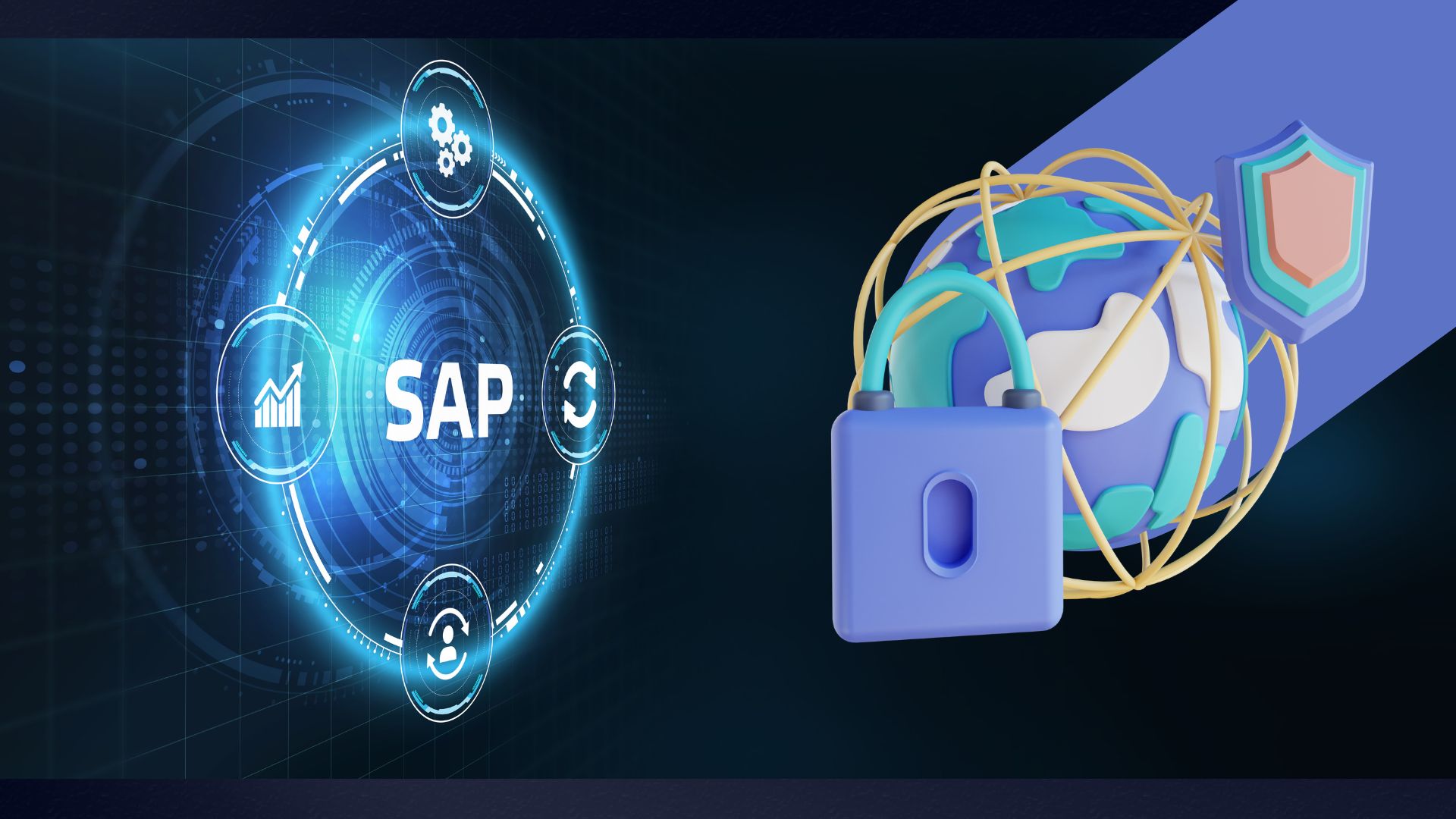Future-Proofing Your Business: SAP Security Tools to Consider

Page Contents
It is essential for companies to integrate appropriate security measures or third-party tools to protect the sensitive and personal data they store. Having a robust SAP security strategy in place plays a fundamental role in ensuring that this type of data is protected by monitoring who has access to this information. This article will outline some essential activities/tools companies should keep an eye on and consider integrating into their systems.
AI and Machine Learning
Artificial intelligence and machine learning have been hot topics recently, with many people debating the power they may have in the future to automate numerous essential systems used in various industries. These are already being integrated into the security of businesses through SAP security tools, which are capable of learning new algorithms that have the potential to be a cyber threat and create systems to protect against an attack. This helps keep sensitive data stored by a company safe and only accessible to authorized individuals.
Management of Access Risk
SAP provides modules to enable businesses to assess how much access risk they are exposed to. Third-party vendors also offer tools for customers running SAP to do this with relative ease through user-friendly web applications. Organisations need to look out for a tool that can identify access risks and provide businesses with potential solutions to fix issues with their systems, applications, and products. There are even tools out there with a built-in simulator that can be used to determine risk before making any changes to a system, allowing businesses to determine whether a specific decision will put them at increased risk.
This is a fantastic way to be proactive as a business when it comes to prioritizing SAP access risk. Companies should also look out for a tool that offers business-specific features, such as risk remediation, risk mitigation, user access change management, and identification. Features such as these allow businesses first to identify risk and then find a solution to solve the problem. Simulations can then be run to reduce the potential of risk exposure and enable businesses to feel in control of their systems, applications, and products.
Compare SAP Basis Configuration to Industry Best-Practice
Another tool for businesses to consider to increase the security of SAP systems and enhance IT general controls is a tool that can compare your SAP Basis Configuration to an industry best-practice set of rules. The annual external audit is usually when these configurations are examined, which means the tool will ensure no adverse findings in the audit and guarantee complete compliance — ensuring the organsation is well prepared.
Increase the Efficiency of Monitoring SAP User Access
Look for an SAP security tool that increases the efficiency of monitoring SAP user access by introducing the concept of the Business Role to the system. Standardizing the job functions in a business helps reduce the effort and complexity needed to review and manage the access of SAP users. Tools that can do this offer the added benefit of reducing costs in a business as well as the effort of a workforce to dedicate time and resources to managing user access.
Manage and Monitor Personal Data in SAP
Businesses store a lot of sensitive data on their systems including personal information such as bank details and home addresses of their customers. This makes it necessary for appropriate countermeasures to be put in place to protect this data and reduce the threat of an internal or external cyber-attack. Encryption and an effective firewall can reduce the risk of a successful external cyber attack however this won’t necessarily be useful against an internal threat that has access to login information and can bypass security.
This is where it is essential to have an SAP security tool that enables the organisation to monitor users in SAP and keep track of who has authorization to access sensitive information. Look for a tool that does this by using Data Domains to categorize all of the sensitive information being stored. The access to this information can then be monitored by analyzing tables in SAP and highlighting specific fields that contain sensitive or personal information. This makes it easy to observe who is accessing this information whether it's an employee, SAP user, customer, or business partner.
The Future of SAP
Thanks to SAP’s ability to evolve quickly in a constantly changing market, it will likely be able to adapt rapidly to security threats with the help of third-party vendors to enhance SAP security. Integrating these new technologies into businesses is essential in giving companies the best possible chance of success while competing against others. It is crucial to stay current with the trends in this space to ensure that your business provides the best possible service to your customers while protecting what is possibly most valuable to your customers, their data.

Sean Michael is a writer who focuses on innovation and how science and technology intersect with industry, technology Wordpress, VMware Salesforce, And Application tech. TechCrunch Europas shortlisted her for the best tech journalist award. She enjoys finding stories that open people's eyes. She graduated from the University of California.